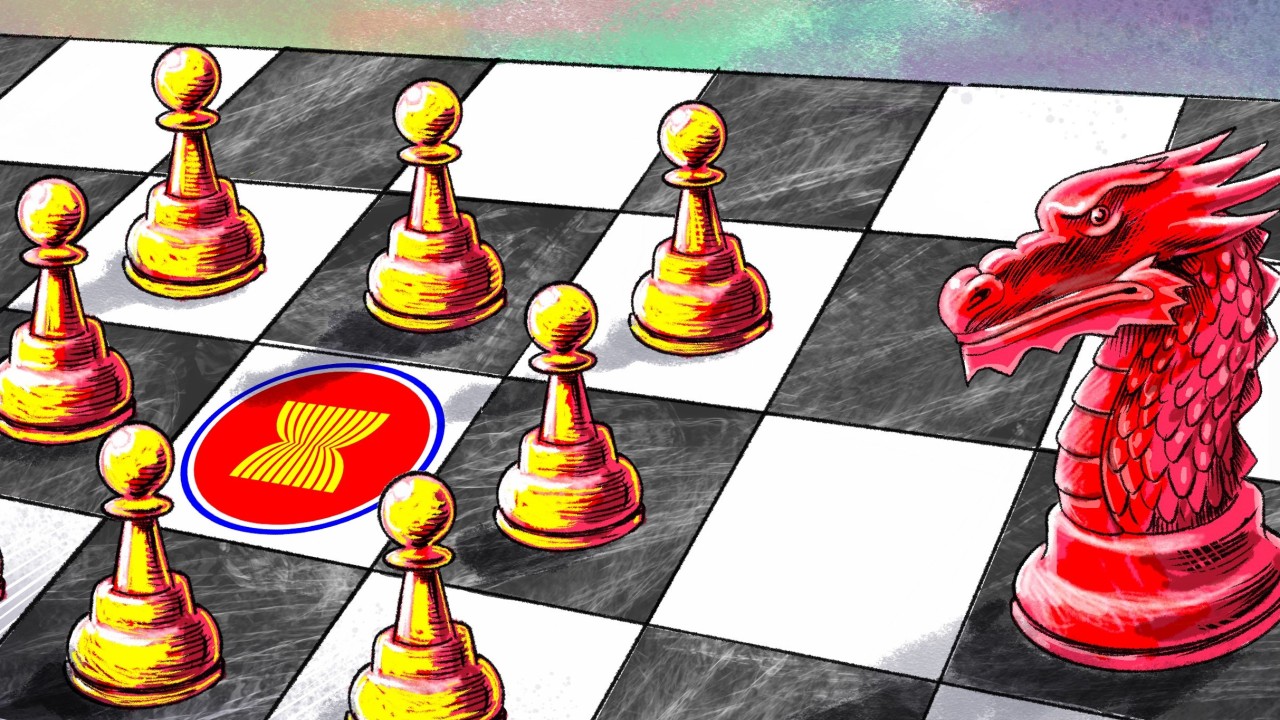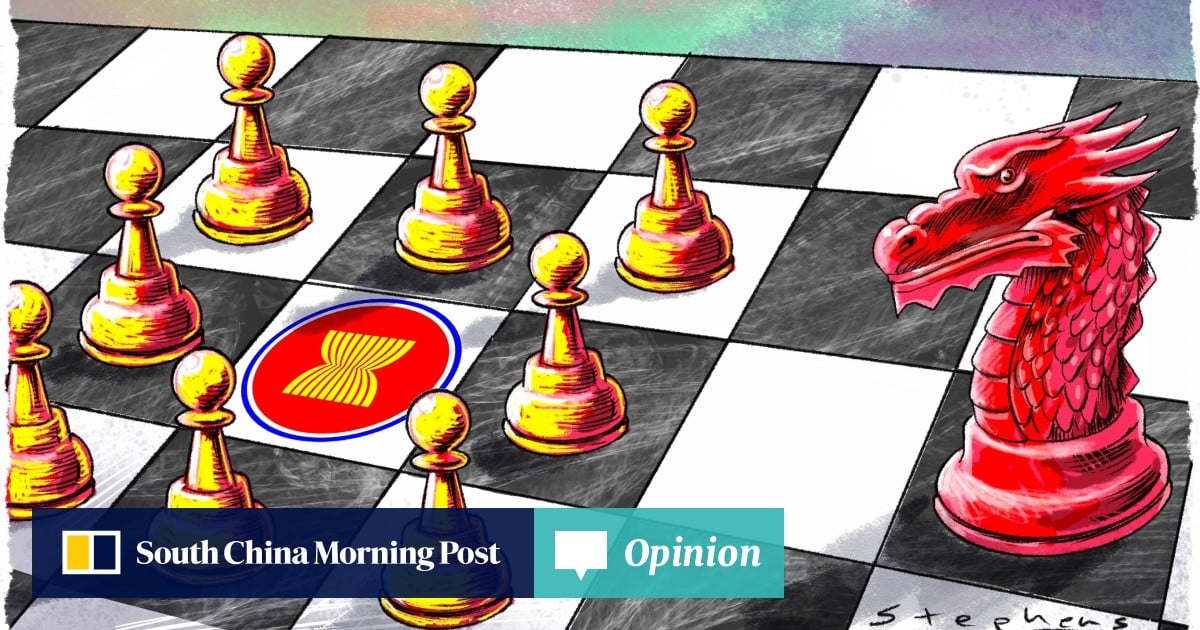
“We strongly condemned the violent and illegal actions of Chinese maritime authorities against Vietnamese fishermen near the Paracel Islands on September 29,” the Philippine National Security Council said in a statement on October 4 following yet another incident in the South China Sea.
As many as 40 Chinese law enforcers reportedly used force against Vietnamese fishermen near the disputed Paracel Islands – which China calls the Xisha Islands and Vietnam the Hoang Sa Islands – in the northern part of the South China Sea.
The Philippines has overlapping claims with both China and Vietnam in the Spratly Islands in the southern part of the South China Sea, but it has no maritime or territorial claims in the Paracels. The latest statement of solidarity was particularly poignant since it signalled an attempt by Manila to build a united front in the disputed waters with fellow Asean members.
The Philippines and Vietnam are exploring closer strategic cooperation among maritime forces and negotiating potential agreements to resolve their overlapping claims. Meanwhile, Malaysia – which will take over the rotating chair of the Association of Southeast Asian Nations next year – is adopting a tougher stance in the disputed waters, rejecting Beijing’s call for it to end unilateral oil exploration activities in disputed waters.
For its part, Indonesia has pushed for more intraregional solidarity to assert Asean centrality. Though not a direct claimant state in the South China Sea, Indonesia has also adopted a more critical stance towards Beijing amid its overlapping claims in the North Natuna Sea. In spite of Asean’s limitations, key Southeast Asian states are not only holding their ground in disputed waters but also exploring more strategic cooperation with each other.
It’s hard to overstate China’s influence across Southeast Asia. As a whole, Asean has risen to become China’s largest export market. Thanks to its remarkable innovations in electric vehicle production and other vital industries, China has also become a top source of high-quality manufacturing investment in places such as Thailand and Vietnam.

